Coryphaena hippurus, commonly known as Mahi-Mahi or Dorado, is a remarkable and highly sought-after fish found in tropical and subtropical waters around the world. With its vibrant colors, acrobatic displays, and delicious flesh, the Mahi-Mahi has captured the attention of anglers, seafood enthusiasts, and ocean lovers alike. In this article, we will explore the fascinating world of Coryphaena hippurus, examining its characteristics, habitat, behavior, and culinary appeal.
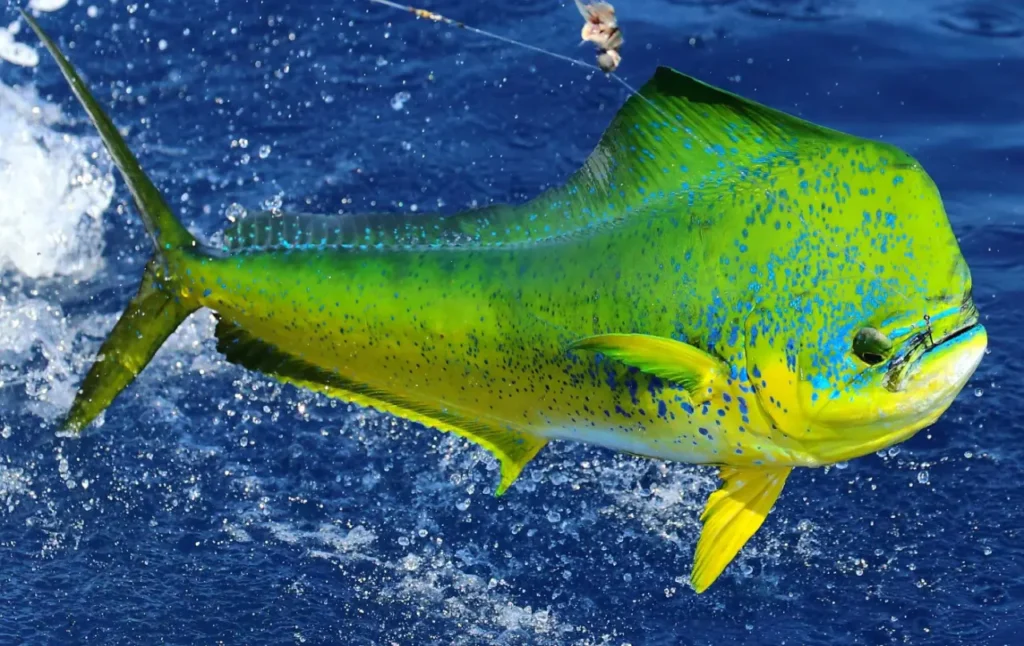
Appearance and Characteristics
The Mahi-Mahi is easily recognized by its distinctive appearance. It has a slender, elongated body with a blunt head and a deeply forked tail. Its colors are striking, with a vibrant mix of electric blues, greens, and golds along its body. Mahi-Mahi also possesses a prominent forehead, known as a “bull’s head,” which adds to its unique charm. They can reach lengths of up to 1.8 meters (6 feet) and weigh around 18-27 kilograms (40-60 pounds).
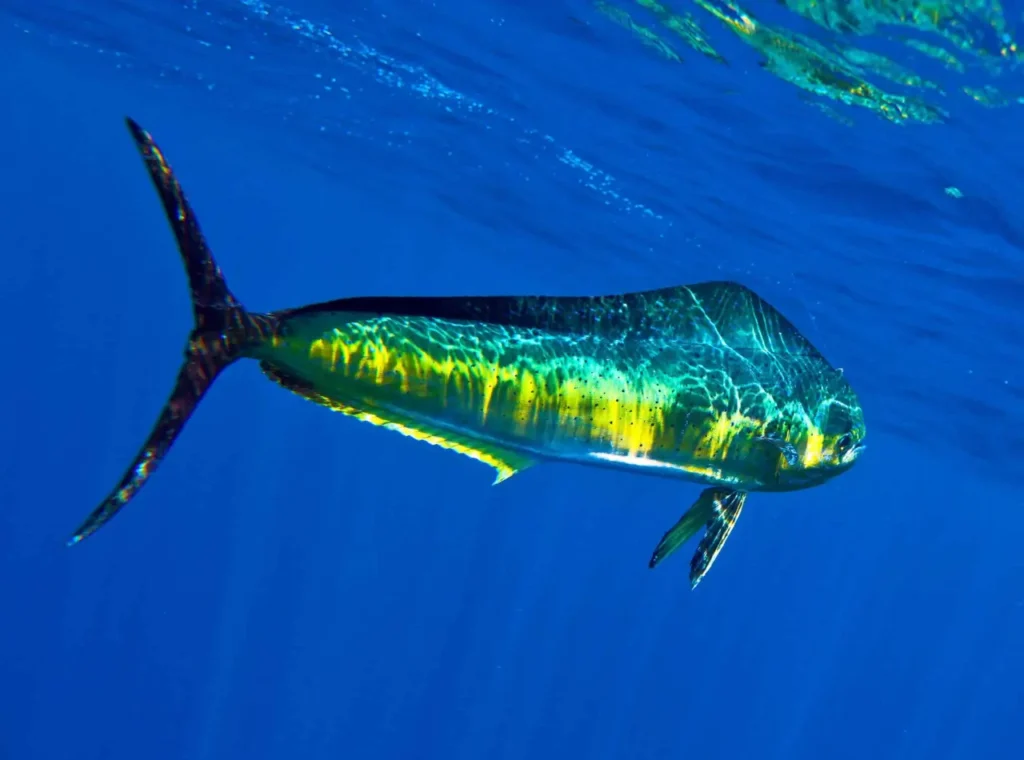
Habitat and Distribution: Mahi-Mahi are primarily found in warm waters, inhabiting the tropical and subtropical regions of the Atlantic, Indian, and Pacific Oceans. They prefer offshore environments near the surface, often congregating around floating debris, weed lines, and current edges. Mahi-Mahi are known to be highly migratory, following ocean currents and seeking areas rich in food sources, such as flying fish, squid, shrimp, and small pelagic fish.
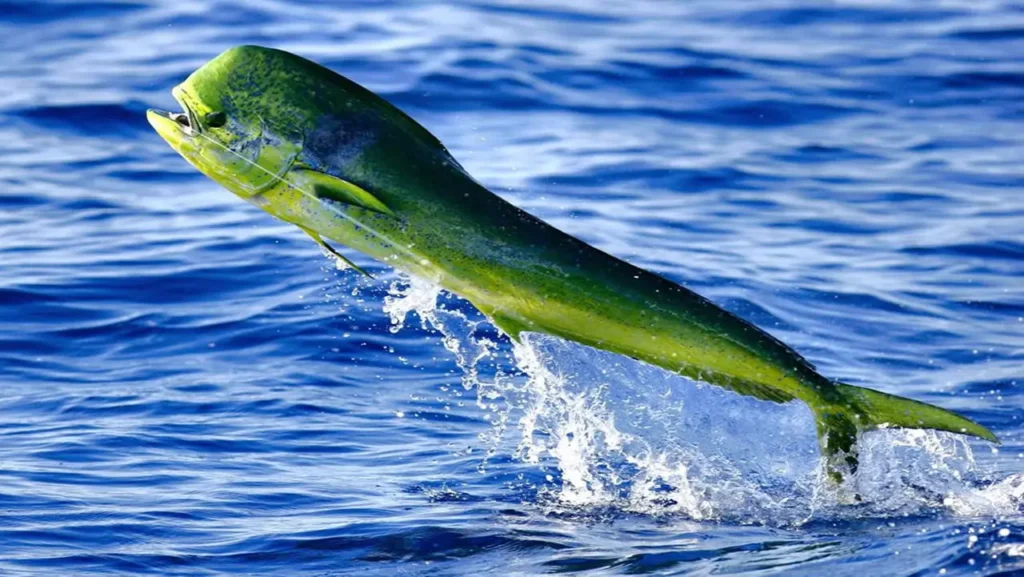
Behavior and Feeding Habits
Mahi-Mahi are fast and agile swimmers, renowned for their acrobatic displays when hooked by anglers. They are opportunistic feeders, often hunting in schools and displaying cooperative feeding behaviors. Mahi-Mahi use their sharp teeth to prey on small fish, crustaceans, and squid near the ocean surface. They are known to be voracious eaters, making them a prized catch for sport fishing enthusiasts.
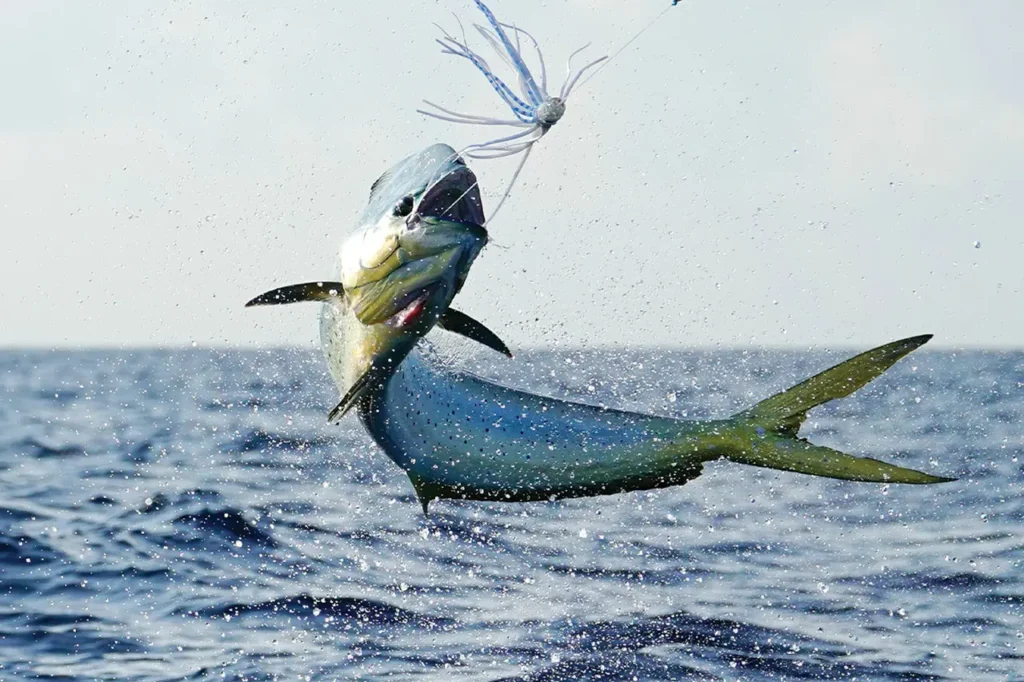
Culinary Delights
Mahi-Mahi is highly regarded for its culinary appeal. Its firm, lean flesh is delicate and flavorful, with a slightly sweet taste. It lends itself well to various cooking methods, including grilling, baking, broiling, and pan-searing. Mahi-Mahi fillets are popular in many cuisines and are often featured in seafood dishes, ceviche, tacos, and fish burgers. The vibrant colors of the fish make it visually appealing on the plate, further enhancing its allure.
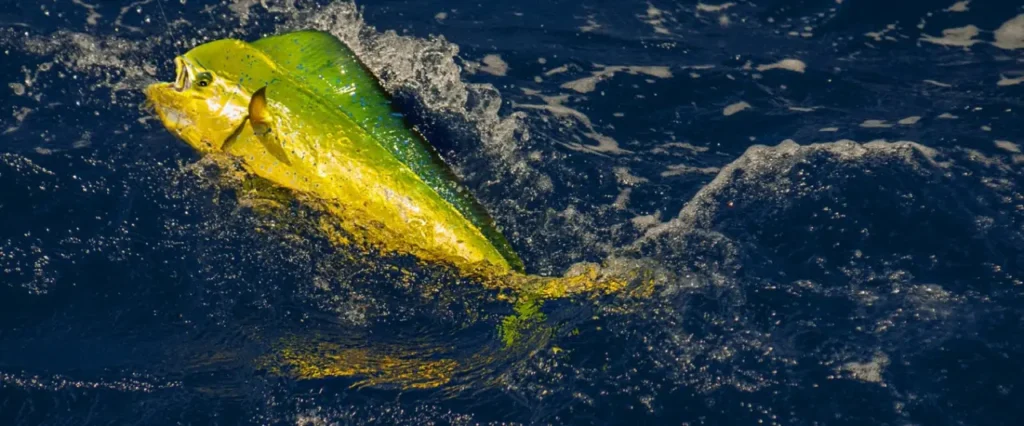
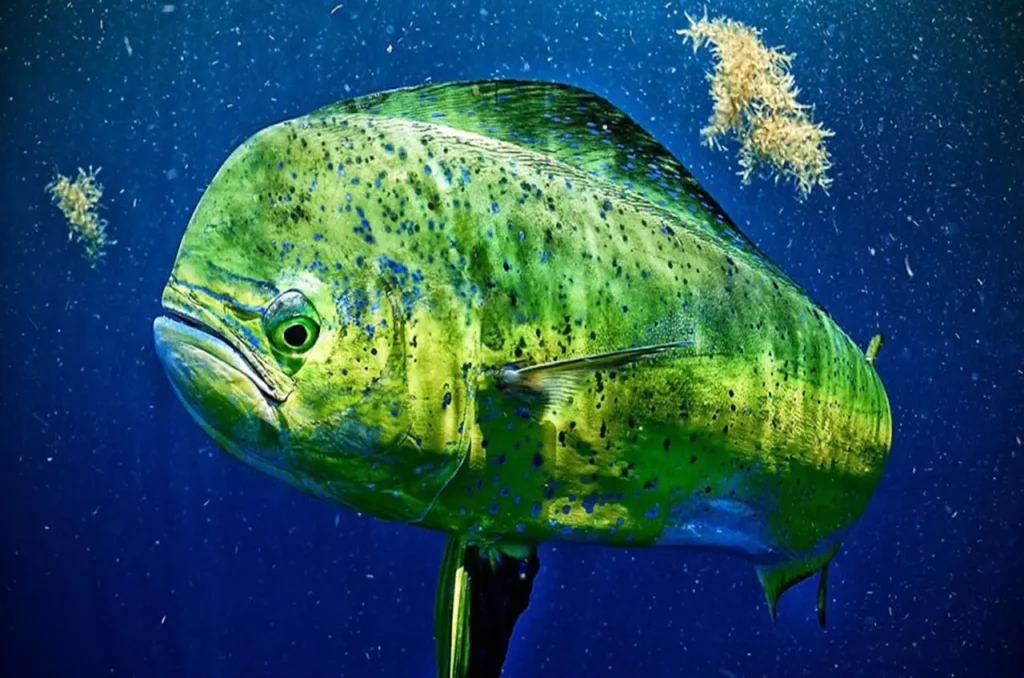
Conservation and Sustainability
Mahi-Mahi populations are generally considered healthy, but sustainable fishing practices are crucial to ensure their long-term survival. Responsible fishing methods, such as selective harvesting, size limits, and avoiding spawning areas, help maintain healthy fish stocks. Additionally, reducing pollution, protecting marine habitats, and supporting initiatives that promote sustainable fishing practices contribute to the preservation of Mahi-Mahi and the overall health of marine ecosystems.